When people talk about going on a retreat, the images that come to mind are often wildly different. For some, it’s rolling out a yoga mat in Bali. For others, it’s sitting in silence in a monastery. For many companies, it’s gathering their team in a new environment to spark creativity and build trust. Whatever the format, the idea is the same: stepping away from your normal routine creates space for transformation. Retreats can be restful, adventurous, creative, or deeply spiritual. They’re not the same as vacations. A vacation is about escape and leisure; a retreat is about intention. Whether you’re looking to reset your health, explore your spirituality, or bring your team closer together, there’s a type of retreat out there for you.
What Exactly Is a Retreat?

At its simplest, a retreat is time spent away from everyday life with a specific purpose. The goal might be rest, learning something new, connecting with others, or working through personal growth. The difference from a vacation is structure: guided practices, workshops, or experiences designed to help you grow. Many people choose dedicated spaces—a beachside lodge, a mountain inn, or a purpose-built retreat center—because the setting supports focus, reflection, and well-being.
The Main Types of Retreats
1. Wellness Retreats
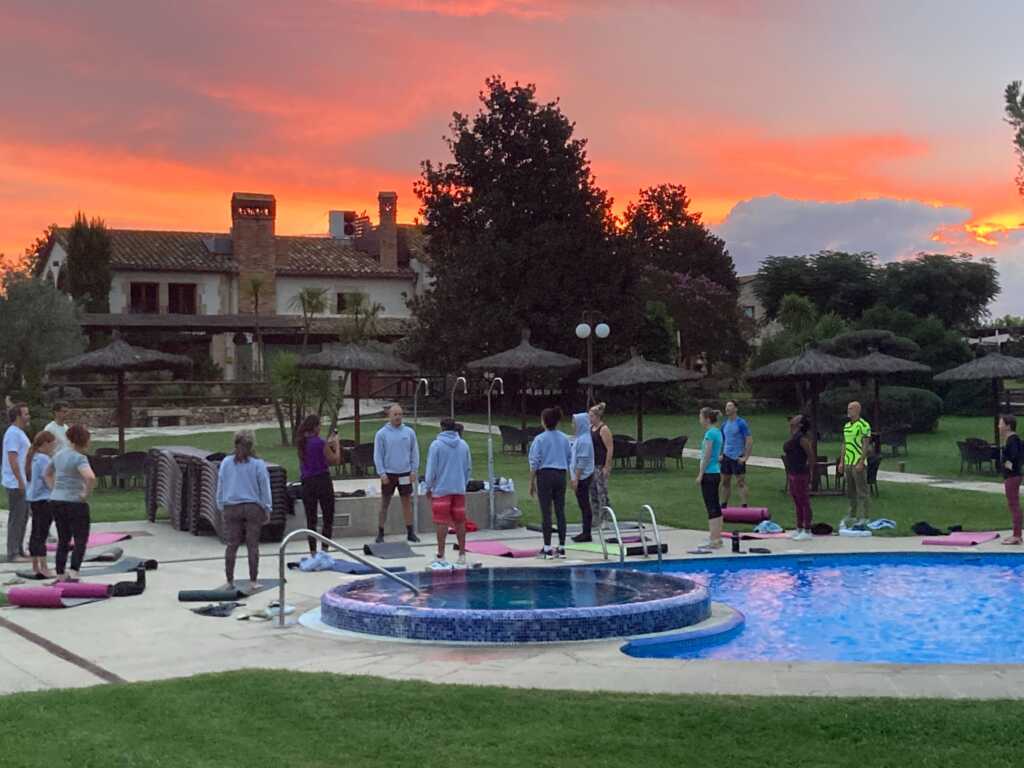
Wellness retreats are among the most popular. They focus on health and rejuvenation through yoga, meditation, spa treatments, healthy food, and sometimes a digital detox. Imagine sunrise yoga, a nourishing breakfast, and an afternoon sound bath. Most programs take a mind–body approach and often run at a retreat center with quiet corners for rest, gentle movement, and self-care—a supportive complement to broader mental health goals. Research even shows a simple walk can boost creative ideation meaningfully, which is easy to build into a wellness day.
2. Spiritual Retreats
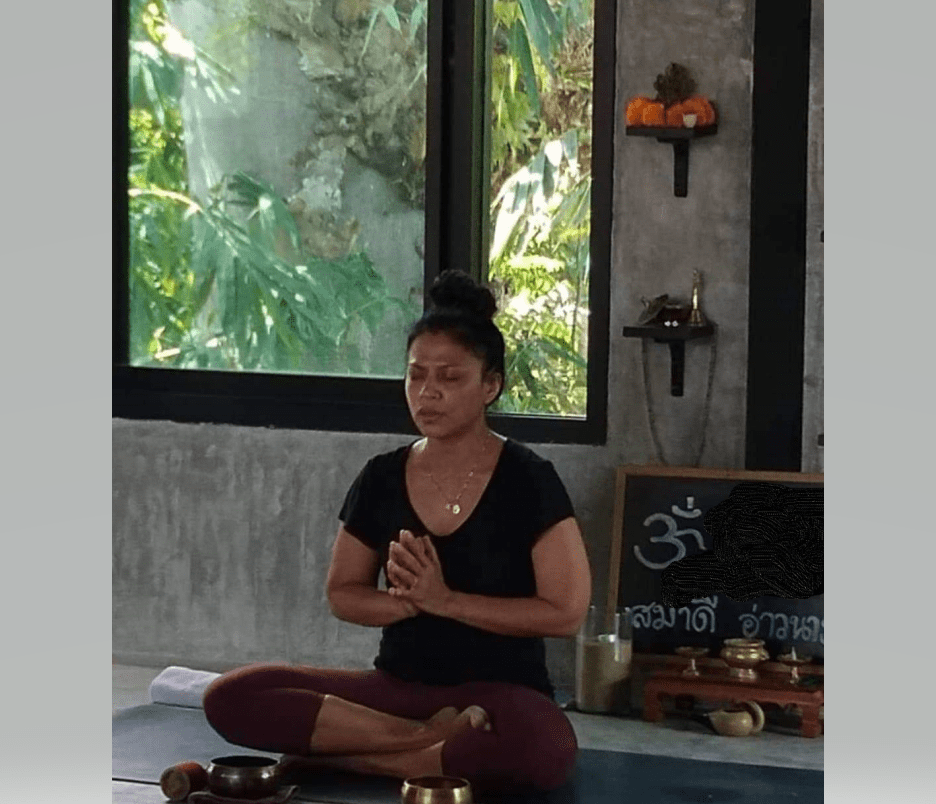
Spiritual retreats or mediation retreats go deeper. They might involve silent meditation, religious study, or traditional ceremonies. A 10-day Vipassana program, for example, requires silence and long meditation sessions. It’s demanding at first, but many participants leave with a renewed sense of inner peace. Nature helps here: one study found four days immersed in nature (no devices) improved creative problem-solving by 50%—a reminder of how powerful uninterrupted time can be.
3. Corporate / Company retreats
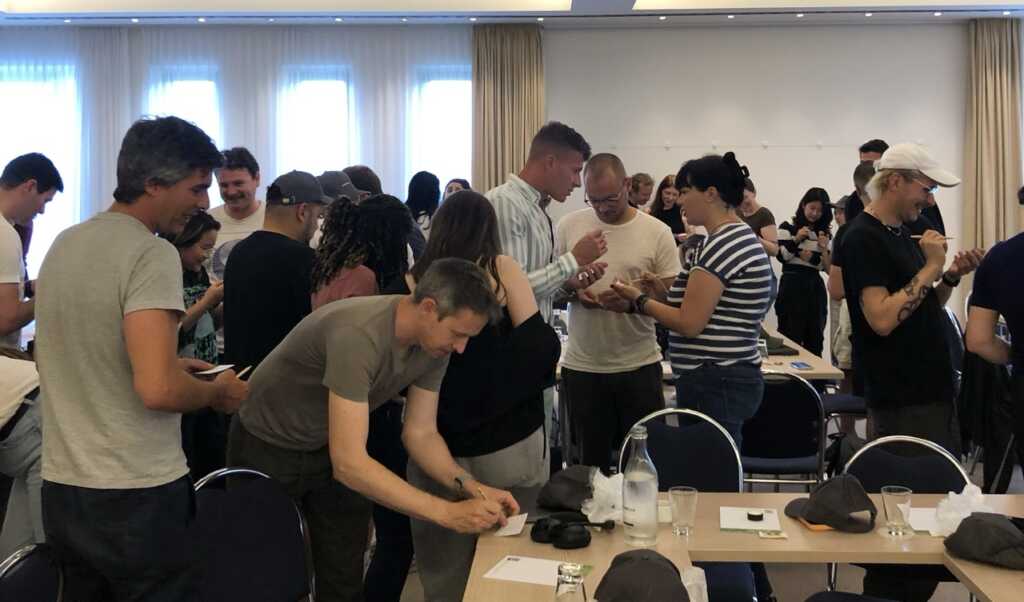
Corporate and team-building retreats are designed for companies. They blend strategy sessions, leadership development, and shared experiences to build trust and creativity. One startup held theirs in Lisbon: mornings on company vision, afternoons surfing, evenings cooking together. Leaders who run them often emphasize the relational impact.
Travis McAshan, CEO of Glide LLC, puts it simply: “There’s something special about coming together in person—the shenanigans, staying up late, having fun. You form this trust. I can’t think of a better way to build trust in a high-performing team.”
Sharath Abraham, Global Strategy Manager at Jabra, adds that retreats work because they lift the pressure of the office: “People like connecting with each other, but when it’s forced and in a place where your mindset is ‘I’m here to do work,’ it doesn’t open up the relationships you want to build.”
Brian Elliott, CEO of Work Forward, warns against cramming too much into one offsite: “Don’t overstuff the burrito. You can’t roll out an entire strategy in one weekend. Focus on one key takeaway, then leave space for meals, activities, and connection.”
For planning, Harvard Business Review suggests treating offsites as catalysts: set a clear outcome, target a few blockers, and design moments that spark collaboration—not just slides.
Harvard Business Review It also helps that in-person asks land better than emails; one HBR analysis found a face-to-face request was 34× more successful than an email.
While numbers vary by company, Gallup’s meta-analyses consistently link higher engagement with stronger productivity and profitability—another reason thoughtful gatherings pay off.
4. Creative Retreat
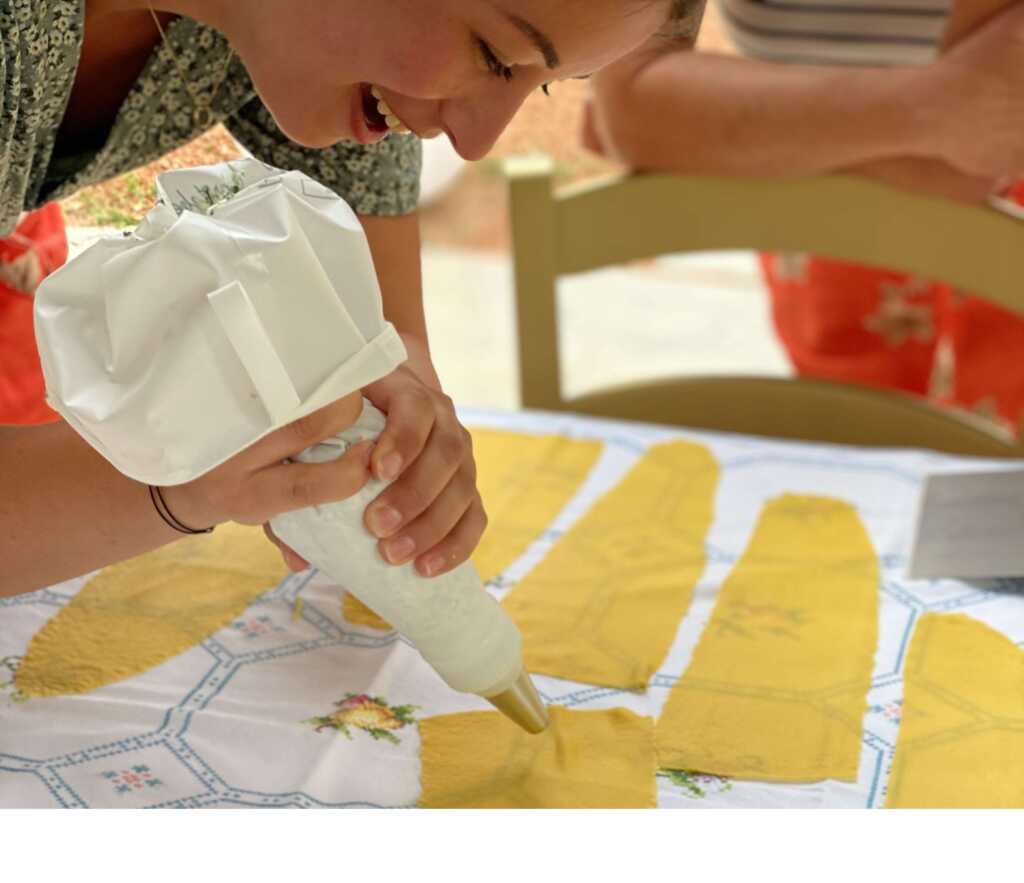
Creative retreats give you time and space for writing, painting, music, or photography. A writer’s week might offer morning workshops and open afternoons to wander new streets and take notes. If you want a quieter retreat experience, many properties offer all-inclusive packages that bundle studio access, classes, and meals so you can focus on making things.
5. Adventure Retreats
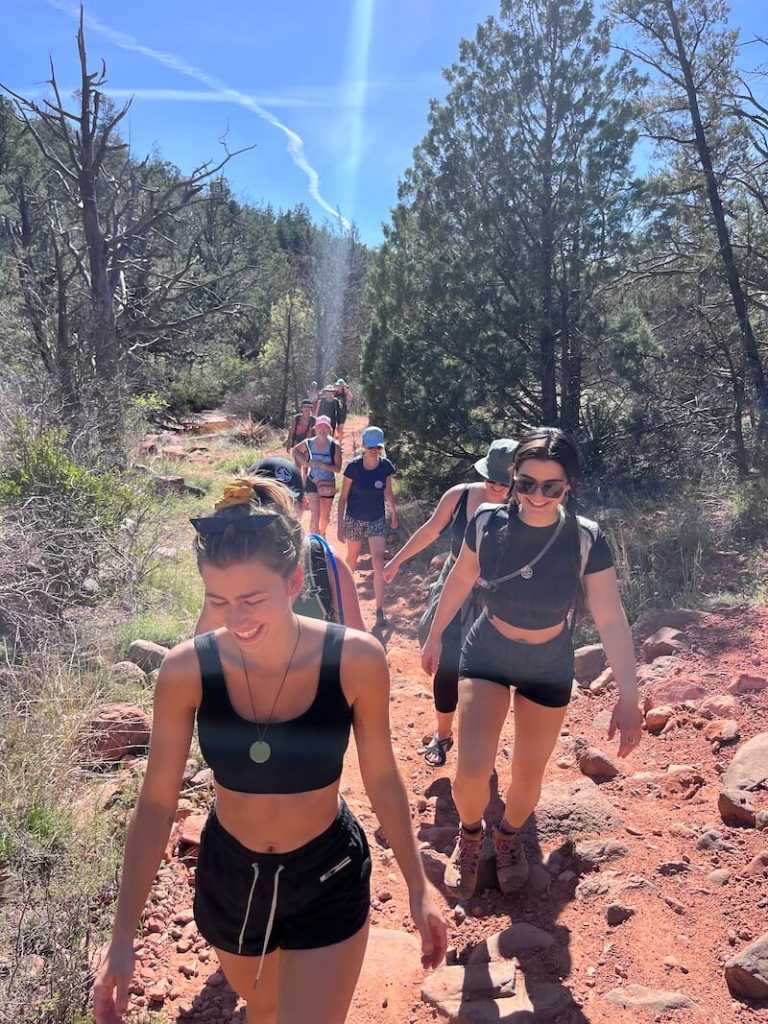
Adventure retreats are for people who think best in motion. Surf camps, multi-day hikes, or dive trips push you physically while surrounding you with natural settings—great for perspective. Some providers now run couples retreats that pair outdoor challenges with relationship workshops.
6. Healing Retreats
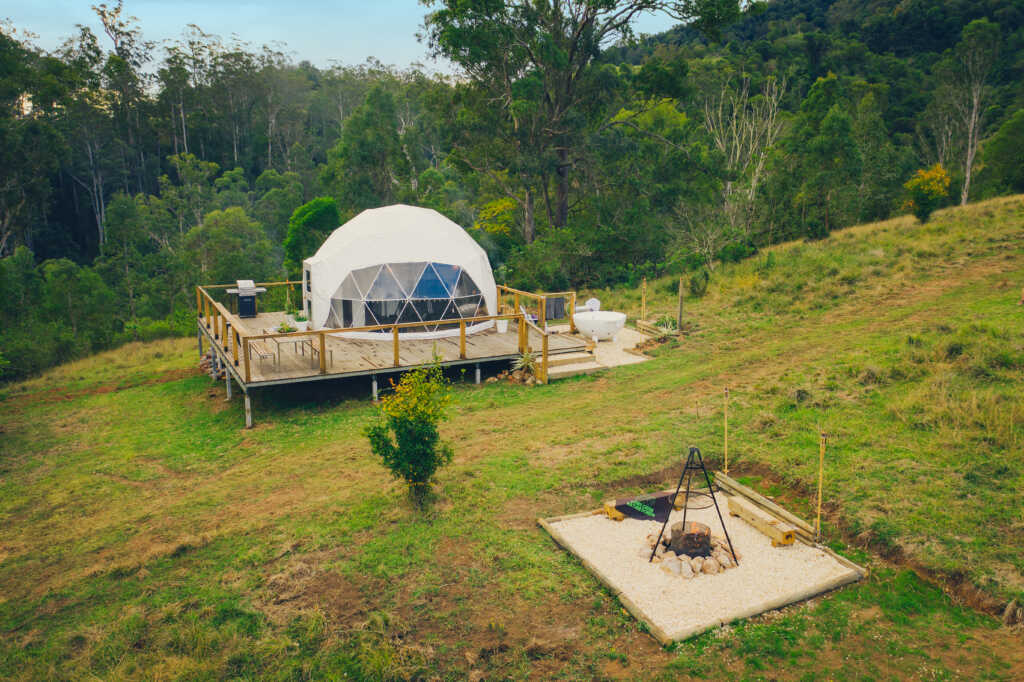
Healing retreats create space for grief, trauma, or recovery. Often facilitated by trained practitioners, they may include group circles, therapy modalities, and restorative practices aimed at emotional healing. Some are framed as health retreats with a clinical-meets-holistic model; others focus on gentle community and quiet time.
7. Educational Retreats
Educational retreats zero in on learning—language immersion, leadership intensives, or even unplugged coding bootcamps. The best programs have experienced retreat leaders who pace content so it sticks.
8. Hybrid Retreats
Hybrid retreats blend elements. You might join a nature-forward business program that mixes morning yoga with entrepreneurship workshops and weekend hikes. This “best of both worlds” approach works when your group has varied goals or you’re unsure which kind of retreat fits best.
9. Fitness Retreats
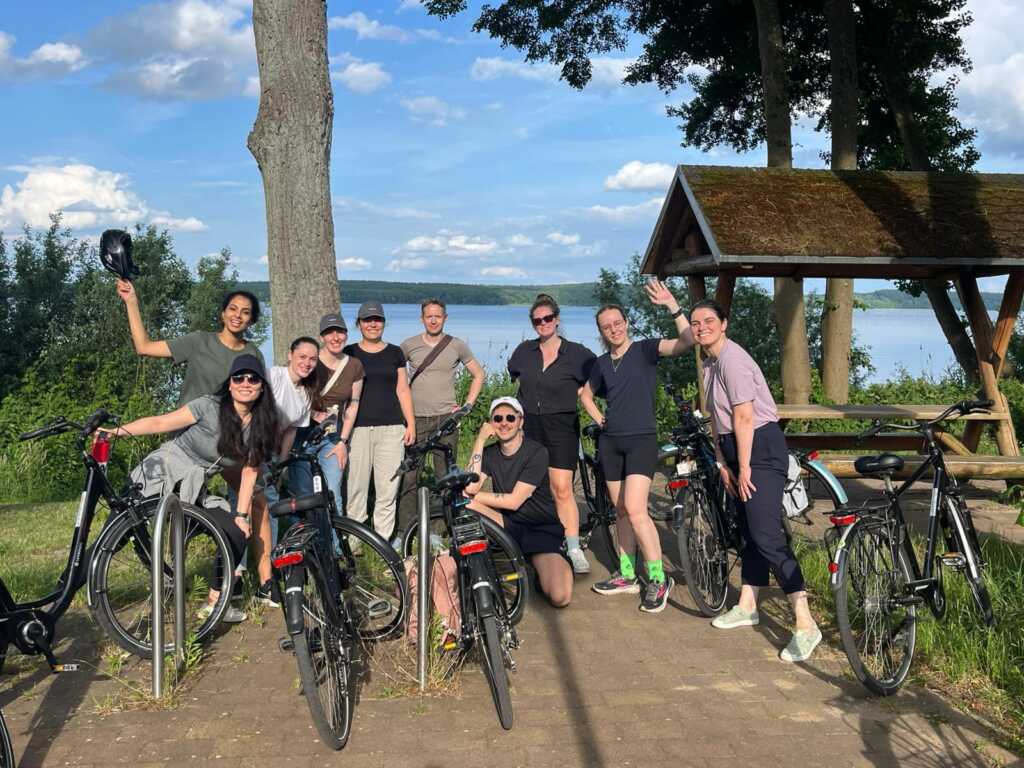
A fitness retreat is a structured offsite designed to improve physical health and team energy through guided workouts, outdoor challenges, and group wellness sessions. It helps teams recharge together while building camaraderie, discipline, and resilience, often creating lasting momentum that carries back into the workplace. These retreats are particularly valuable for organizations looking to support well-being and boost collaboration in a focused, engaging environment.
10. Detox Retreat

A detox retreat centers on cleansing and resetting both body and mind through nutrition programs, mindfulness practices, and restorative therapies. It’s designed to help participants slow down, release stress, and return refreshed — making it ideal for companies focused on sustainable performance and long-term wellness. By integrating holistic approaches, detox retreats often spark renewed creativity and clarity among leadership and teams alike.
10. Transformational retreats
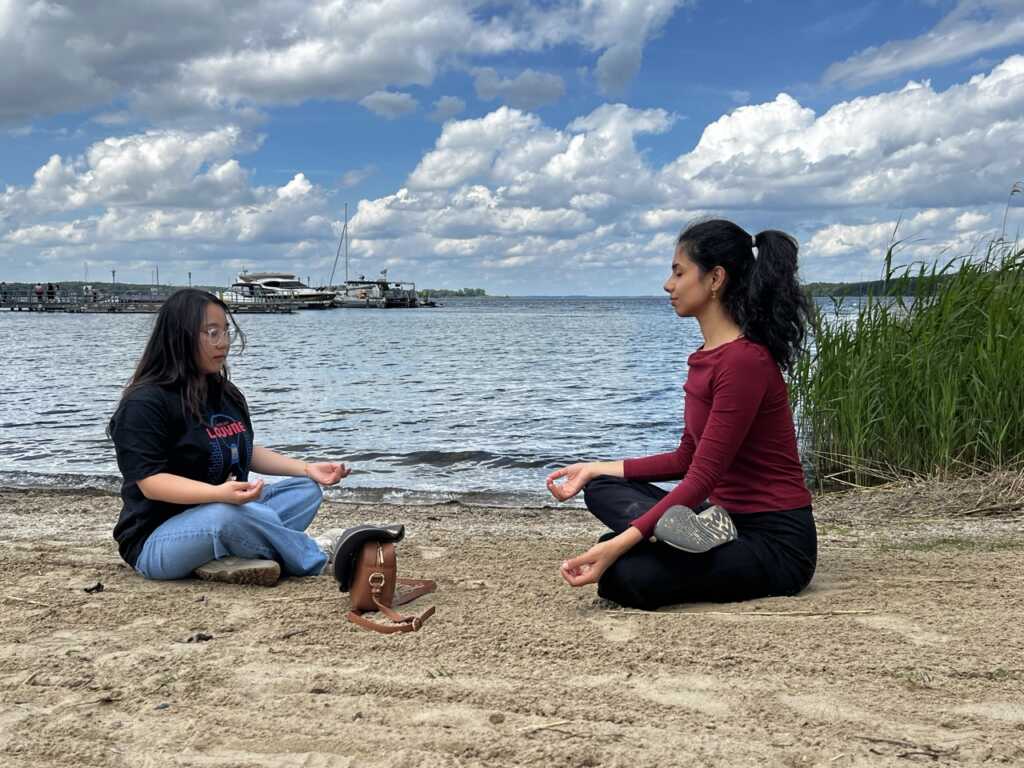
A transformational retreat goes deeper, combining immersive workshops, reflective exercises, and purpose-driven activities that spark personal growth and organizational alignment. These retreats are often used to shift culture, strengthen leadership, and unlock new ways of thinking, leaving participants with lasting tools for change. They are especially powerful for companies seeking breakthroughs in vision, communication, or strategic direction.
With thoughtful planning, a clear agenda, and an accessibility checklist, all of these retreat types can incorporate unique activities while staying within corporate budgets, aligning with broader leadership retreat goals, and even qualifying as tax deductible components of a comprehensive executive retreat strategy.
How to Pick the Right Retreat for You
Start with one question: what do you need most right now—rest, adventure, clarity, healing, or connection? Then narrow the practicals: time, budget, travel, and accessibility. If a program draws on a specific tradition—say, an Ayahuasca ceremony or Buddhist meditation—do your homework. Look for experienced, ethical providers and approach with cultural respect. For companies, consider ROI alongside well-being and culture. Offsites that pair focused work with real connection tend to carry momentum into the next quarter. Prefer a simpler path? Choose all-inclusive options so logistics don’t distract from the experience.
Trends and Insights from the Retreat World
Retreats have evolved. Nature retreats and eco-friendly programs are growing, prioritizing conservation and local communities. Remote teams use offsites to reconnect, and the engagement lift can last for months. Virtual formats remain useful when travel’s not possible, and smarter tools let participants personalize schedules.
How to Get Ready for Your Retreat
A little preparation makes a big difference. Pack comfortable layers, a journal, and your essentials. Go in with an open mind—some discomfort is normal and often where growth begins. Set a simple intention like “I want to feel rested,” “I want clarity on my next step,” or “I want to reconnect with my team.” If your program includes spa retreats or massage, plan them to complement the deeper work rather than compete with it.
Final Thoughts
There isn’t one retreat that’s “best.” The right choice depends on what you need in this season of life or work. If you’re depleted, a wellness week can restore you. If you’re craving inspiration, a creative getaway may spark something new. If you’re leading a team, a well-paced offsite can strengthen bonds in ways no video call can. Above all, retreats are about creating space—for growth, for presence, and for connection—with support from thoughtful retreat leaders and environments designed to help you slow down.
FAQs
What is a yoga retreat?
A yoga retreat is a structured getaway centered on daily practice—often in calming, natural settings—with meditation, nourishing food, and time to rest. It’s designed to deepen practice, support mind–body balance, and reset habits that are hard to change in everyday life.
What happens at a silent retreat?
Silent programs (like Vipassana) typically involve extended meditation with no speaking, reading, or device use. The quiet reduces external noise so you can turn inward; many participants describe the first days as challenging and the later ones as surprisingly steady and clear.
How long does a typical retreat last?
Retreats range from weekend resets to multi-week immersions. Corporate offsites depending on the idea, often run three to four days, while wellness or spiritual formats may stretch a week or more. The “right” length depends on your goals—quick tune-ups for focus, longer stays for deeper work.
Are corporate retreats worth the investment?
Many leaders say yes. Meeting in person builds trust faster, makes collaboration easier to launch, and improves follow-through back at the office. In-person requests are dramatically more persuasive than emails, and higher engagement is consistently linked to better business outcomes—productivity and profitability included.
How do I choose the right retreat for me?
Start with intention, then filter by format (wellness, creative, spiritual, adventure), season, and location. Consider whether a retreat center or boutique venue fits your style, and whether all-inclusive planning will make it easier to focus on the experience itself.
